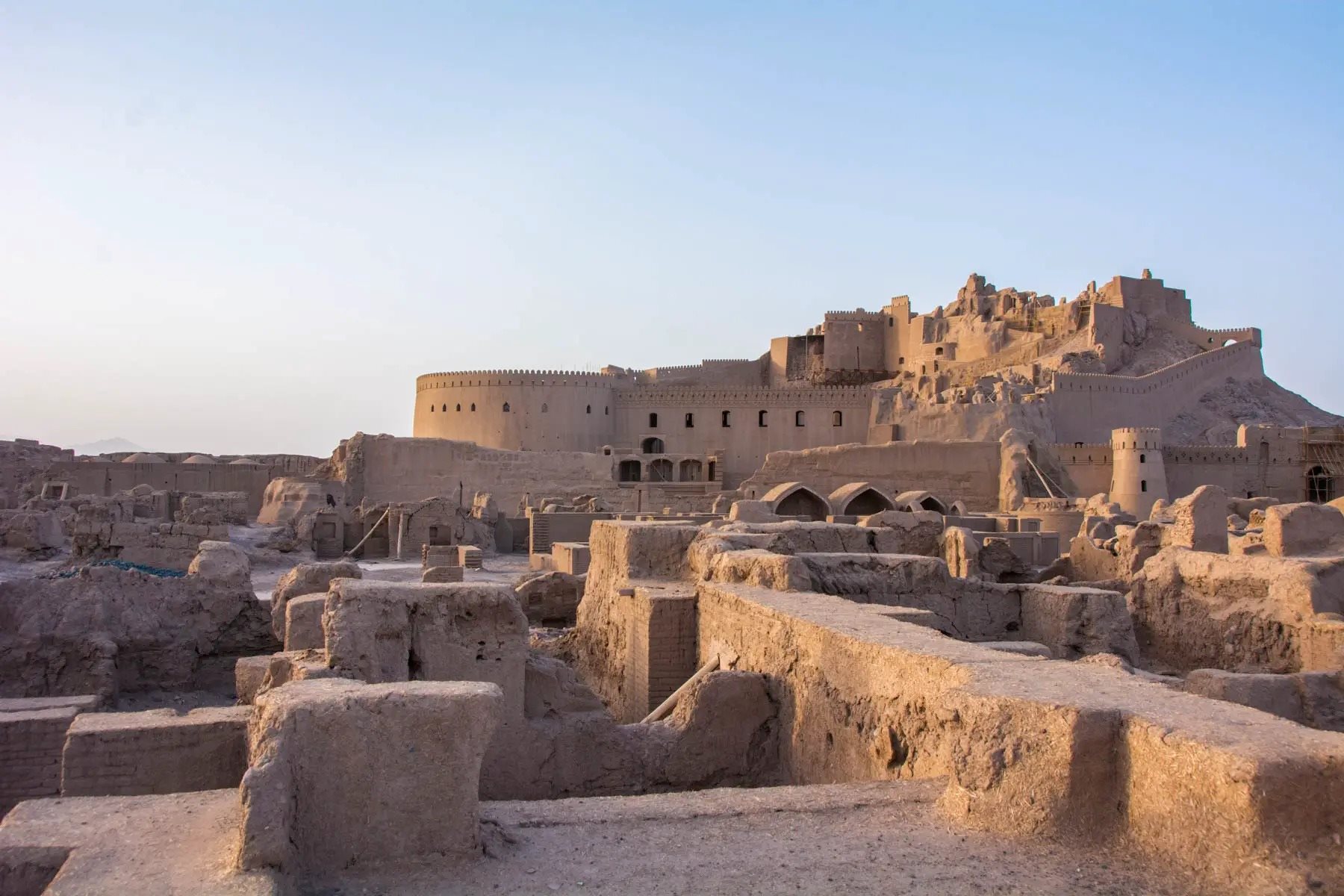
Arg-e Bam, also known as the Bam Citadel, is a fascinating architectural marvel located in the city of Bam, in southeastern Iran. This ancient fortress has a rich history and holds many captivating secrets within its walls. Considered one of the largest adobe structures in the world, Arg-e Bam is a UNESCO World Heritage Site and is renowned for its unique construction and intricate design.
In this article, we will delve into the enchanting world of Arg-e Bam and uncover 11 captivating facts that make it a truly remarkable landmark. From its historical significance to its stunning architectural features, this article will provide insights into why Arg-e Bam continues to astound visitors from around the world.
Key Takeaways:
- Arg-e Bam is a 2,000-year-old fortress in Iran, showcasing ancient architectural marvel and cultural significance as a UNESCO World Heritage Site.
- Despite a devastating earthquake in 2003, Arg-e Bam remains a captivating tourist destination, offering a glimpse into Iran’s rich cultural heritage and resilient history.
Architectural Marvel
Arg-e Bam is a testament to the ancient Iranian architectural ingenuity. The intricate mud-brick design and the massive size of the citadel are truly remarkable.
Age of the Citadel
The origins of Arg-e Bam can be traced back over 2,000 years. The first structures were likely built during the Parthian Empire in the 3rd century BC.
UNESCO World Heritage Site
In recognition of its cultural and historical significance, Arg-e Bam was designated as a UNESCO World Heritage Site in 2004.
Strategic Location
The citadel occupies a strategic location on the ancient Silk Road, serving as a vital stop for traders traveling between Central Asia and the Indian subcontinent.
City within Walls
Arg-e Bam was not just a fortress but a thriving city within its walls, with residential areas, mosques, public baths, and even a bazaar.
Catastrophic Earthquake
In 2003, a devastating earthquake struck the region, causing severe damage to Arg-e Bam. Many of its ancient structures were destroyed, but efforts are being made to restore and preserve what remains.
Mud-Brick Construction
The entire citadel was constructed using mud bricks made from the local clay soil. The unique construction technique provided insulation and helped regulate the temperature inside.
Water Supply System
Arg-e Bam had an advanced water supply system, with qanats (underground channels) that brought water from nearby mountains to meet the needs of the inhabitants.
Architectural Influences
The design of Arg-e Bam showcases influences from various architectural styles, including Sassanian, Parthian, and Islamic architecture.
Cultural Icon
Arg-e Bam has been a symbol of Iranian culture and heritage for centuries. It is often depicted in Iranian art, literature, and poetry.
Tourism Hub
Despite the earthquake damage, Arg-e Bam continues to attract tourists from around the world, who marvel at its intricate design and explore its fascinating history.
In conclusion, Arg-e Bam is not just a historic fortress but a testament to the rich cultural heritage of Iran. Its unique architecture, age-old history, and remarkable resilience make it a captivating destination for travelers seeking to immerse themselves in the wonders of the past.
Conclusion
In conclusion, Arg-e Bam is a truly captivating landmark that is steeped in history and grandeur. From its impressive architectural design to its tragic tale of resilience, there is much to discover and appreciate about this remarkable fortress city. Whether you are a history enthusiast, an architecture lover, or simply someone seeking a unique travel experience, a visit to Arg-e Bam is sure to leave an indelible mark on your memory. So make sure to add it to your travel bucket list and prepare to be awe-struck by its beauty and significance.
FAQs
Q: What is Arg-e Bam?
A: Arg-e Bam is an ancient fortress city located in the Kerman Province of Iran. It is renowned for its well-preserved mud-brick architecture and its historical significance.
Q: How old is Arg-e Bam?
A: The origins of Arg-e Bam date back to the Achaemenid Empire in the 6th century BC. However, the majority of its structures were built during the Safavid dynasty in the 16th century AD.
Q: Can visitors explore the interior of Arg-e Bam?
A: Currently, due to the devastating earthquake that occurred in 2003, the interior of Arg-e Bam is inaccessible to visitors. However, the exterior of the fortress and the surrounding archaeological site can still be explored.
Q: Is Arg-e Bam a UNESCO World Heritage site?
A: Yes, Arg-e Bam was designated as a UNESCO World Heritage site in 2004 due to its outstanding universal value and cultural significance.
Q: Are there any guided tours available at Arg-e Bam?
A: Yes, there are guided tours available at Arg-e Bam that provide visitors with insights into the history, architecture, and cultural heritage of the fortress city.
Q: Are there any nearby attractions to visit in the vicinity of Arg-e Bam?
A: Yes, there are several notable attractions in the vicinity of Arg-e Bam, including the Rayen Citadel, Shazdeh Garden, and the Lut Desert, which is a UNESCO World Heritage site itself.
Was this page helpful?
Our commitment to delivering trustworthy and engaging content is at the heart of what we do. Each fact on our site is contributed by real users like you, bringing a wealth of diverse insights and information. To ensure the highest standards of accuracy and reliability, our dedicated editors meticulously review each submission. This process guarantees that the facts we share are not only fascinating but also credible. Trust in our commitment to quality and authenticity as you explore and learn with us.
